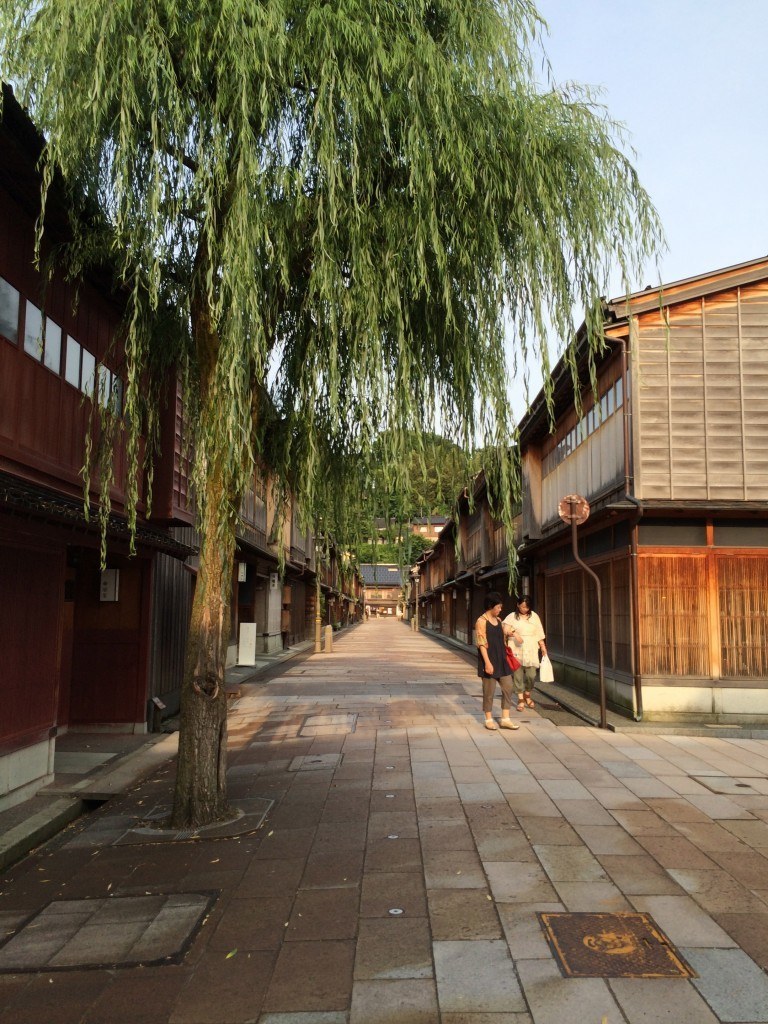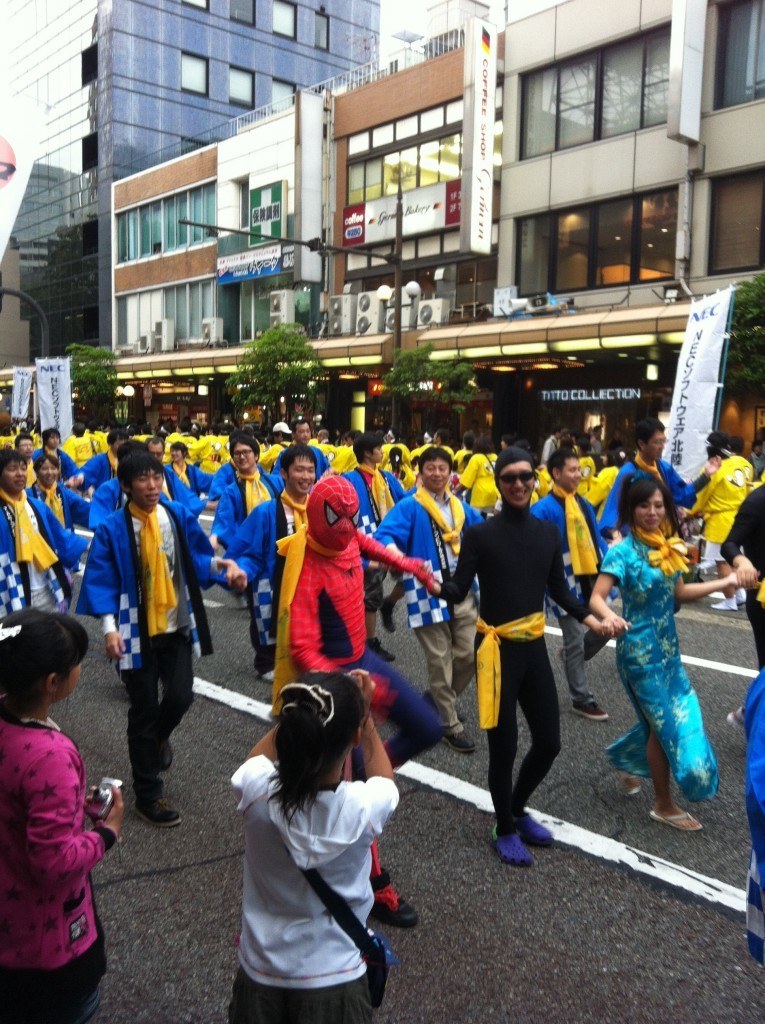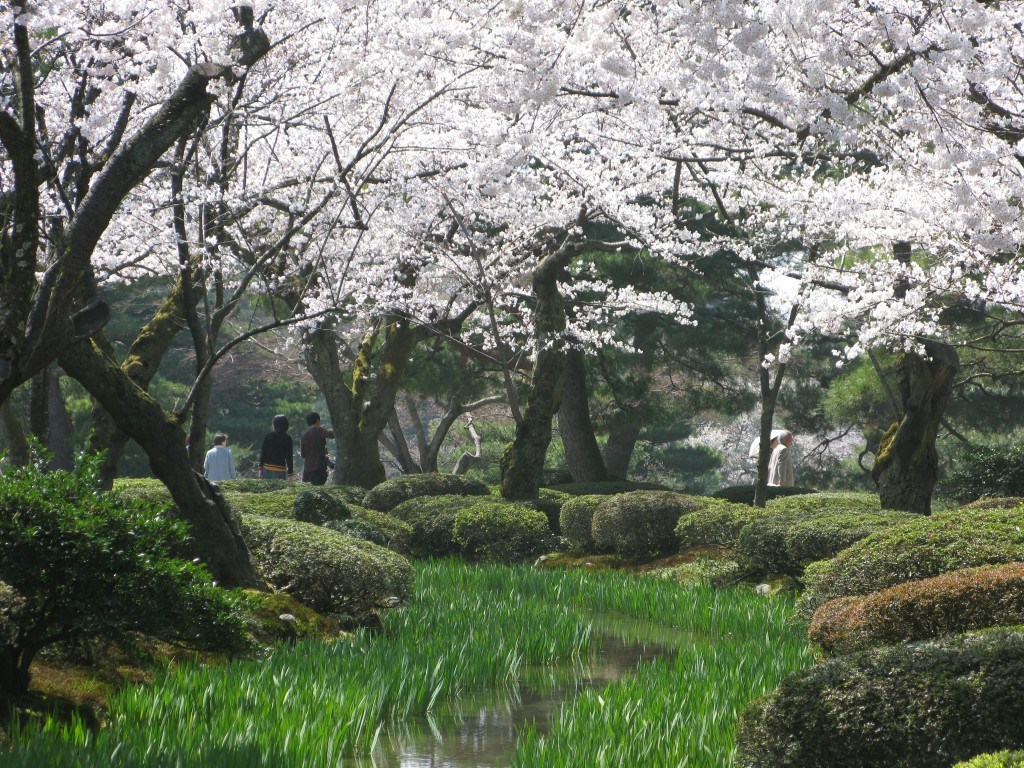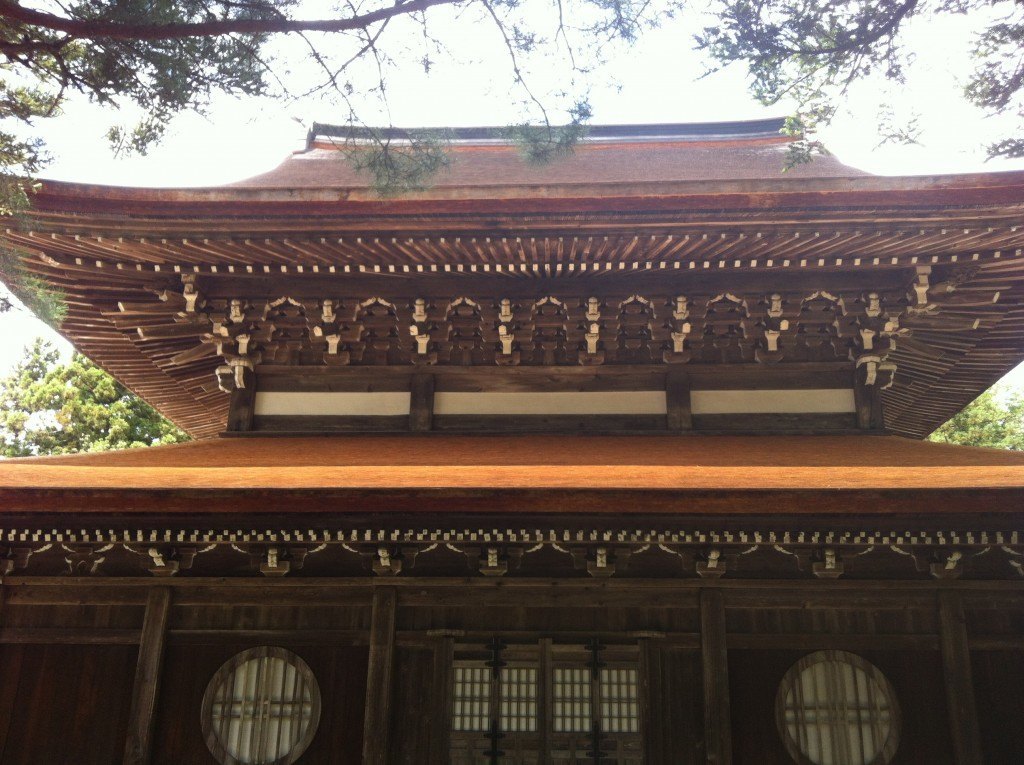Like this post? Help us by sharing it!
Although I’m now living in Kyoto (a heaven for a Zen geek such as myself!), I previously spent five years living in the wonderful city of Kanazawa on Honshu’s Japan Sea coast. What makes Kanazawa so special? Let’s have a look!

Here are my top ten Kanazawa tips on things to see and do in Kanazawa – the ‘golden marsh’.
1. Kanazawa Station
Here we are! Kanazawa’s train station is an attraction in itself, featuring a very impressive wooden gate. It was even featured in The Telegraph’s list of the world’s most spectacular stations. The station became even more important with the opening of the Hokuriku Shinkansen line in 2015, which cuts the journey time from Tokyo from 4 hours to 2.5 hours, putting Kanazawa well and truly on the map!

2. Omicho Market
As it only takes 2.5 hours to arrive from Tokyo, who can say no to an early lunch? I advise heading to Omicho Market, a 15-minute walk from the station towards the centre of Kanazawa. Nicknamed ‘Kanazawa’s Kitchen’, here you will find all manner of delicious seafood on display as well as restaurants serving up fresh produce. If you didn’t get chance to visit Tsukiji fish market in Tokyo (or couldn’t face the early morning!), Omicho is a great way to experience a similar atmosphere. There is a great conveyor-belt sushi restaurant in the market called ‘Mori Mori Sushi’. I recommend the buri (yellowtail), which is particularly famous in Kanazawa.

3. Eastern Tea District
With a belly full of buri it’s just a short walk to the Higashi Chaya-gai (Eastern Tea District) for a diges-tea-f. This is Kanazawa’s geisha district, dating back to the Edo period. Kanazawa was spared from bombing during the Second World War, so the traditional teahouses with their wooden facades are beautifully preserved. Within the tea district you can find a number of delightful little cafes serving tea and cakes. There are also some very nice souvenir and jewellery shops, many of which specialise in products made with gold leaf (99% of Japan’s gold leaf is produced in Kanazawa).
4. Oyama Shrine
Heading back towards the centre of the city you’re likely to pass Oyama Jinja, the city’s most notable Shinto shrine. The main gate is particularly interesting, featuring a striking mix of Japanese and European architectural elements including a Dutch stained glass window. The shrine really comes to life on New Year’s eve when people from all over the city flock to the shrine at midnight to wish for health and happiness in the year to come.

5. Hyakumangoku Festival
Speaking of festivities, there are lots traditional celebrations in Kanazawa. If you happen to be visiting during the first weekend in June, you’ll be able to witness the Hyakumangoku Matsuri, Kanazawa’s biggest festival. The festival starts with a beautiful lantern-floating event on the Asanogawa River on the Friday evening, but the main event is on the Saturday. During the day, a parade starts at Kanazawa Station and winds its way through the city to Kanazawa castle. My highlight though comes after the parade and begins at about 6pm. The whole of the downtown area is closed off, and 10,000 people (all organised into various groups representing Kanazawa’s companies and businesses) perform traditional obon dances in the street wearing summer kimono. A true sight to behold!
6. Kenrokuen Garden
Kanazawa’s most famous attraction is Kenrokuen – the ‘Garden of Six Attributes’, so named as it incorporates the six traditional elements of a perfect garden, all of which are categorised in complimentary pairs: spaciousness & seclusion, artifice & antiquity, water-courses & panoramas. Each season brings its own charm to the garden, from the plum blossoms in early spring to the yuki-tsuri snow ropes which are painstakingly attached to all of the trees in winter to stop the branches from snapping under the weight of Kanazawa’s plentiful snow.
7. 21st Century Museum of Contemporary Art
Located next to Kenrokuen is one of Kanazawa’s newest attractions; the 21st Century Museum of Contemporary Art, or Marubi (Round Gallery), as it’s affectionately known to locals. The museum features a number of permanent exhibits which are free to visit, as well as rotating special exhibitions by both Japanese and international artists. Another great reason to pop in is for lunch at the museum’s Fusion 21 restaurant. They do a great buffet lunch of Japanese cuisine such as pickled vegetables sitting alongside European classics. I recommend the pork terrine!
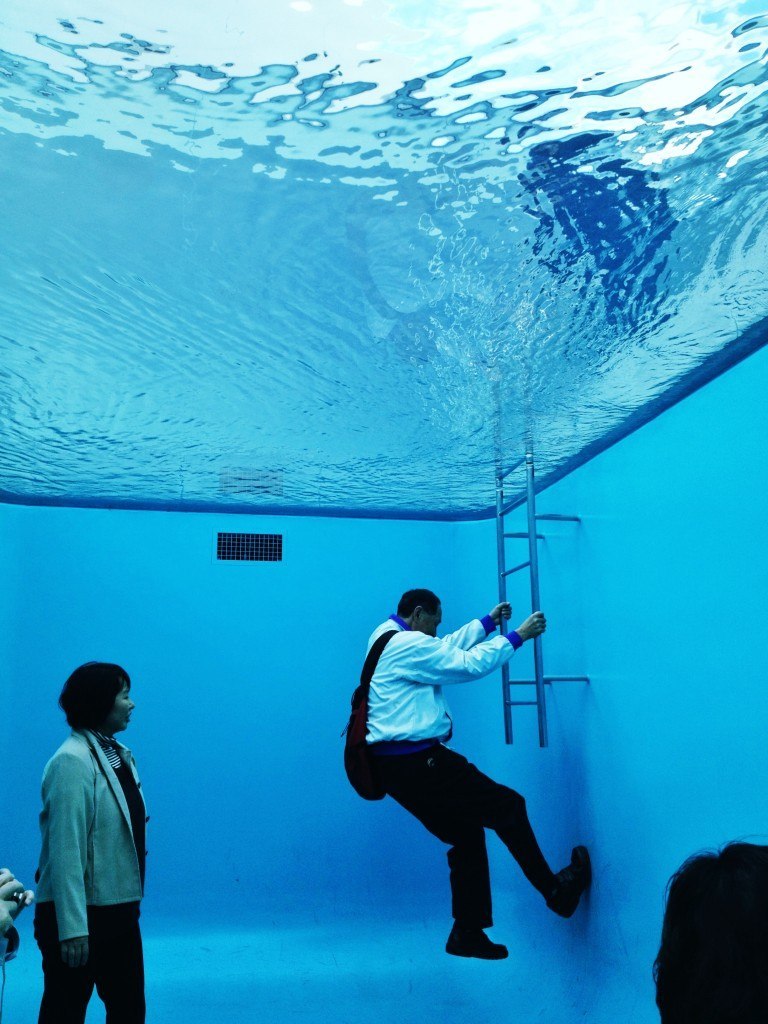
8. D.T. Suzuki Museum
An even more recent arrival on Kanazawa’s museum scene is this museum dedicated to the Zen scholar D.T. Suzuki, who was largely responsible for introducing Zen Buddhism to the West during the 1950s. Professor Suzuki was born in Kanazawa, and the displays in this little museum explain about his life and also the Zen Buddhist philosophy that he popularised. The main draw of the museum though is its tranquil atmosphere – a little oasis of calm in the city. The museum’s design mixes traditional Japanese style and contemporary minimalism to great effect. The outside area features a shallow pool, which looks particularly beautiful in autumn when the red leaves are reflected in it.
9. Daijo-ji
If you’ve caught the Zen bug at the D. T. Suzuki museum, you may want to head over to Daijo-ji temple on the outskirts of the city. Unlike most temples in Japan, entrance to the temple grounds is free. It’s also possible to attend the public zazen meditation meetings on Sunday afternoons. Daijo-ji is a fully functioning training temple, and at any point there may be up to 15 monks in residence. I spent a number of weeks staying there to undertake Zen training during my time in Kanazawa, but it’s not for the faint hearted! The daily schedule begins with two hours of seated meditation and chanting at 4am, followed by hours of laborious work in the gardens and grounds. During the bi-monthly sesshin intense training periods, which last for 5 days, the monks spend 8 hours a day in seated meditation!
10. Katamachi Scramble
After all that seated meditation you may wish to forget that you have legs, and there’s no better place to get legless in Kanazawa than in Katamachi, Kanazawa’s downtown wining and dining district. The focal point is Katamachi ‘Scramble’, the main intersection crossing. Sprawled out from here are hundreds of restaurants and bars. If you’re travelling on a Self-Guided Adventure, our Kanazawa destination guide has some great suggestions of our favourite restaurants in the area. Alternatively, if you’re joining us on one of our Small Group Tours, your tour leader will no doubt take you to one of their favourite spots!
As mentioned, with Kanazawa being the country’s most prolific producer of gold-leaf, it would be rude not to try gold-leaf ice cream before you leave.

There are so many other great places to explore, but Kanazawa will always hold a special place in my heart!
Kanazawa features as a destination on a number of our Small Group Tours such as Japan Unmasked, Spring Elegance and Japan Enchantment. It’s also an easy destination to fit into a tailored Self-Guided Adventure.



